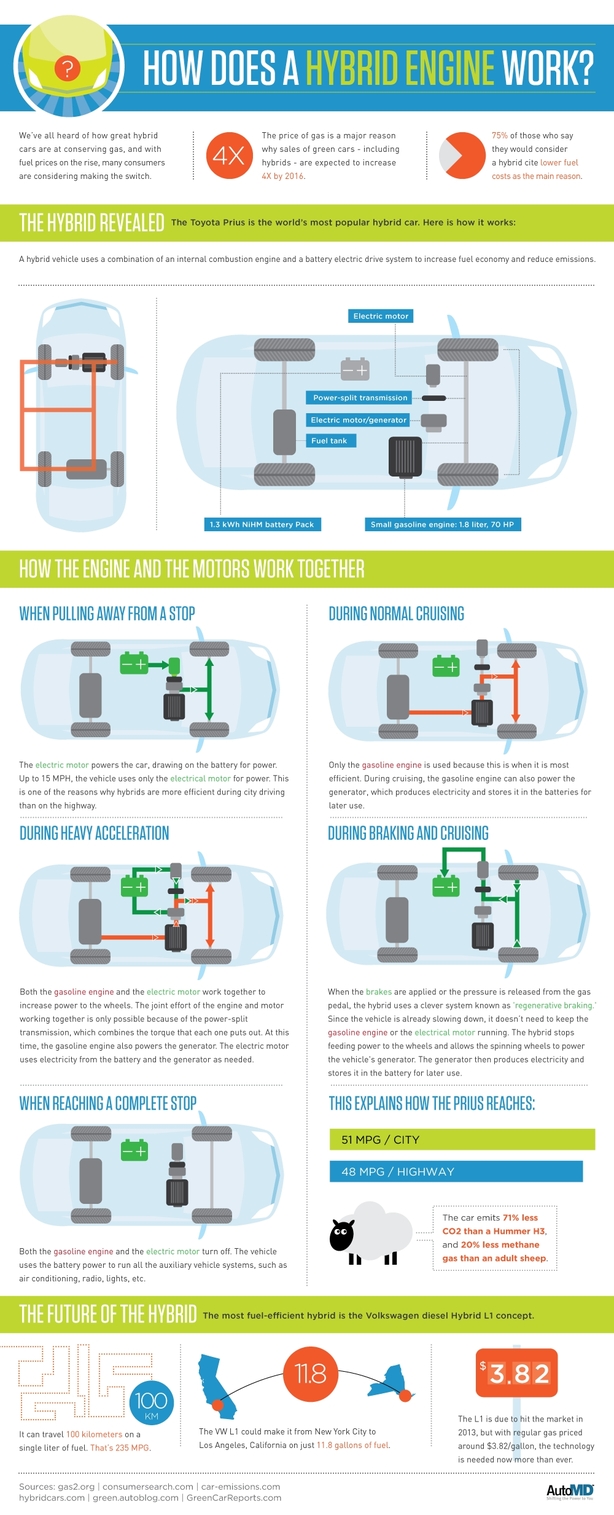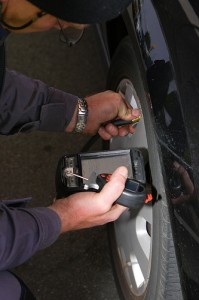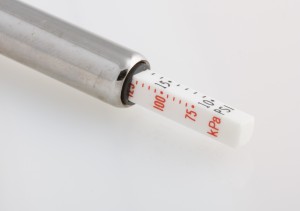Why should you pay extra to fill up your tires with nitrogen, instead of using the free regular air at the gas station? In these tough economic times, it may take a bit of convincing, but here at Nitrofleet99 we’ll run the numbers and show you the savings you can accrue. We’ll also highlight additional costs you may not be thinking about when filling up your tires with that free regular air.
We’ve written previously on how nitrogen tire inflation saves gas money and maintains the proper tire pressure of your tires. But, just exactly how much money can you save? Is it really worth it? As you’ll see, the answer is a resounding YES.
It costs anywhere from $3 to $10 per tire to fill it up with nitrogen, so lets presume you spend $40 to fill up your tires with nitrogen with Nitrofleet99. Your tires will lose between one and two pounds per square inch of air over the next six months (compared with the six to 12 that you would lose if you used regular air). So, in one year, you’ll spend $80 to keep your tires filled with nitrogen.
Now, let’s say that you drive 14,000 miles per year, and gas in your area costs, on average, $3.50 per gallon. Let’s also say that your vehicle gets 26 miles to the gallon (you haven’t yet purchased a hybrid). Divide 14,000 by 26 and you get approximately 538, the number of gallons of gas you use per year.
Multiply those gallons by $3.50, and you’ll find that in this situation, you are spending $1,883 per year on gasoline. However, with nitrogen, you can increase your fuel efficiency between three and four percent. So, four percent of $1,883 is about $75. With nitrogen tire inflation, you can save $75 per year on gasoline. That number goes up if gas prices go up, or your yearly mileage goes up. With just your gasoline savings, the nitrogen tire inflation service has pretty much paid for itself!
Because of the proper tire pressure that nitrogen tire inflation provides, you also save money with increased tire life and decreased risk of flats and blowouts. It costs about $400 to replace a full set of tires. But having your tires last longer, you have to replace them less often, saving you even more money. As you can see, nitrogen tire inflation pays off not only in savings, but in peace of mind.












